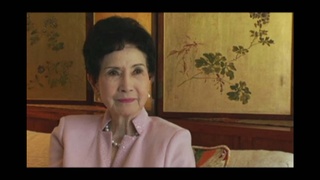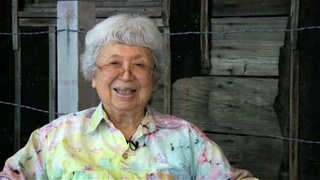Interviews
Terminal Island / San Pedro
Most Japanese who lived in the Island—Terminal Island—their life was harder. First of all, all the Japanese, and just only Japanese, lived on Terminal Island, and those families actually went out fishing, you know, they didn’t…well, maybe the women worked in the cannery… but the men, actually were fisherman going out. But, our side of San Pedro, our…my uncles and all…they worked in the fish market, which is a little different. And then the fact that we lived among the caucasian people, that, I think, our life was a lot easier, because it was almost the same as white people who are living in San Pedro. And, of course, the whites were also in fishing. It was predominantly Slovonian and Italian, and they were all in fishing, too, like the Japanese.
Date: June 16, 2003
Location: California, US
Interviewer: Karen Ishizuka, Akira Boch
Contributed by: Watase Media Arts Center, Japanese American National Museum.





